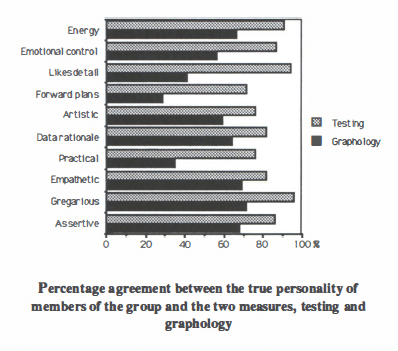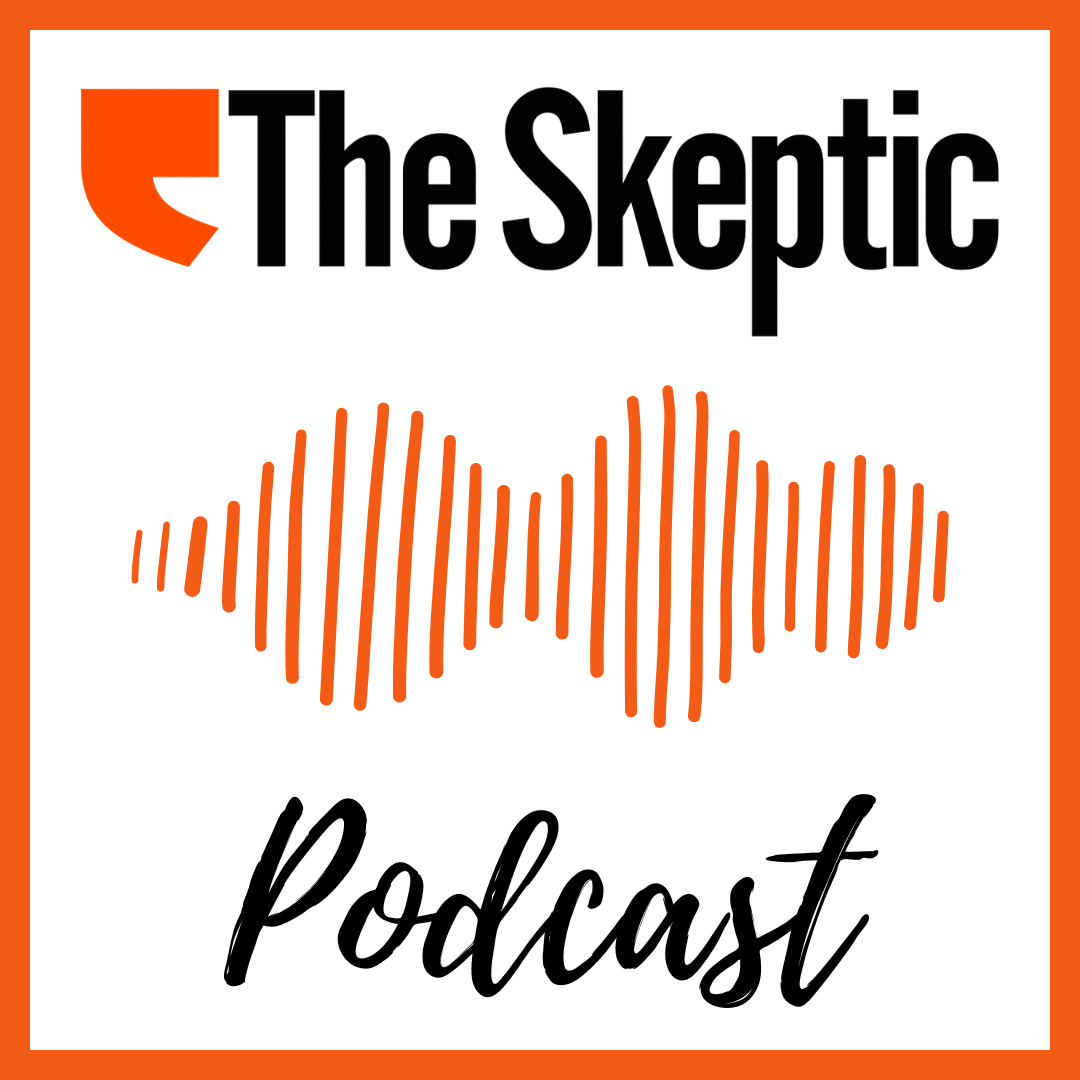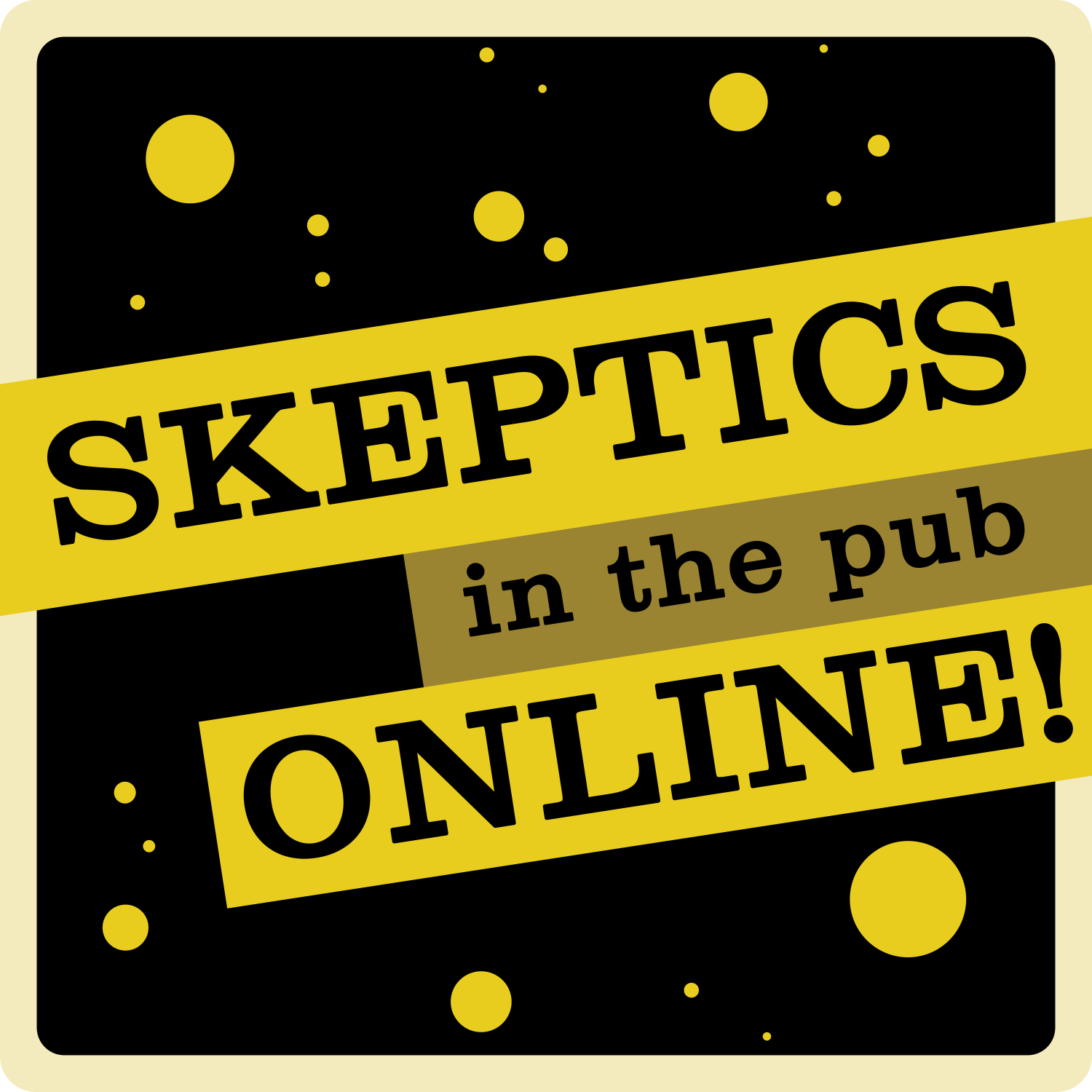This article originally appeared in The Skeptic, Volume 5, Issue 1, from 1991.
I have always been over keen to offer my mind and body in the furtherance of the Sciences. Years ago at University, I was usually the first to put my name on the ‘Guinea Pig’ volunteer list to participate in the latest research into human behaviour, and this inclination has stayed with me to the present day.
As a psychometrician, I now have the pleasure of applying a large variety of valid psychological instruments on to a not-so-willing captive population and in my efforts to ease the pain, I have investigated other means of assessment, one of which was graphology.
There is some considerable debate as to how this activity should be classified. Is graphology an art, science or a myth, can it be taken seriously-after all, it is an ‘ology; or should we relegate it to the fairground?
Origins of graphology
According to some writers, the elementary principles of graphology were known six thousand years ago with the Chinese being the first to recognise handwriting as a means of revealing personality traits. However, it was not until very much later that the French decided to take the subject more seriously, and this has persisted to the present day where graphology is widely used on the European continent. It has also gained popularity in the USA where many large commercial organisations use it in employment selection.
Current uses of graphology
Its best known use is in crime detection, where criminologists have been able to present their findings in the Law Courts. Graphologists have gradually widened its use – unscientifically in my opinion – to generate personality profiles and predict behaviour from unwarranted generalisations. Handwriting analysis is used in job selection, vocational guidance, marriage compatibility, and in the detection of physical and mental illness. In the latter context, graphologist believe that they can see examples of the deterioration of mental functioning in the handwriting of Napoleon and Richard Nixon when they were in their final years of office.
Value of graphology
On the very simple premise that the brain communicates with the hand, in a similar way to which it does with the other skeletal muscles, there should be little doubt that the brain has an influence on hand movements and hence the workings of the psyche might be expressed in our handwriting. Experienced graphologists, whilst accepting that the writing emanates from the conscious, reckon they can detect the subconscious activity in the script and therefore assessment through handwriting cannot be faked.
They ignore the possible effects of classical conditioning in the infant stages, they ignore autosuggestion and compliance, they couch their reports with phraseology which is unspecific and consequently could apply to 90% of the population and finally they dismiss any serious attempts to objectively validate their work.
Under these conditions most of us could claim to be graphologists. After all, I recognise the handwriting of a friend, I recognise that my Doctor conceals his numerous weaknesses by scribbling. I have seen that some theatrical persons have flamboyant large handwriting (others can’t write at all). I could detect the introverted accountants who supposedly have small backward sloping features to their script, or the wavy letter formation on the octogenarians’ poll tax form. It all sounds very convincing stuff, doesn’t it?
Can I therefore accept that there could be an expression of our personality in our script?
Well I have found one lady to be accurate on two occasions – hardly significant I know – she predicted from my handwriting that I would suffer pain in my lower back and true to any self fulfilling prophecy, my back now aches; proof indeed that graphology works-or is it autosuggestion? She was also pretty accurate on some other attributes, her analysis was flattering so it must be true. However, I have yet to find anyone who can repeatedly and accurately predict personality from the written word.
A number of quite reputable organisations claim to have found graphology a great deal of help in assisting them with the selection, promotion and counselling of their very valuable employees, and I have met a number of graphologists who are dedicated to their work in striving to provide a scientific assessment of personality through this methodology. There is an institute which is further dedicated to providing bona fide credentials to this lucrative activity, and in 1985 an Academy of Graphology was founded. The theories of Jung and Le Senne have been embroiled in the graphologists armoury.
I have read a number of books (see notes) and attended courses on the topic but remain unconvinced of its predictive validity at this stage of the art – and yes I have decided that it is an art.
The objective study
In my efforts to vindicate the fairground art I asked several graphologists to take part in an experiment – it is amazing how the ‘ten green bottles’ fell from the wall to leave me with one very respected and ultra-confident chap who was eager to take part. The excuses from the other experts were numerous and included; graphology is holistic, it is a picture, it can’t be measured in an objective way, its output depends on the reason the analysis was carried out in the first instance and so on. Therefore this limited the statistical relevance of the study, (since it was based on one graphologist) however, he was well recommended to me and his services are used by several large commercial undertakings.
I compared the results of his graphological analyses with the results of personality questionnaires, and then compared both with the self rating of personality from the individual participants. The results on some of the factors are as follows:

Graphology was found to be interesting, flattering and realistic by some of the volunteers. The illustration shows the outcome of my study, using percentage comparisons. From this graphology looks useful, but it failed to stand up to a scientific and statistical validation. Using Pearson Product Moment Correlation Coefficient, the results were statistically insignificant. Graphology was no more predictive or indicative of personality – and hence behaviour – than guessing. However, in percentage terms over the factors of personality shown above, graphology was 56% accurate and personality testing 84%, guessing would probably yield around 50% accuracy.
My conclusion is that graphology cannot be taken as a serious tool in the assessment of people, a view which is broadly supported by a study carried out at North East London Polytechnic and more recently by British Telecom. The best that can be said is that graphology may be marginally better than guessing and it may give an illusory feeling of comfort to those organisations whose methodologies lack a structured and scientific approach.



